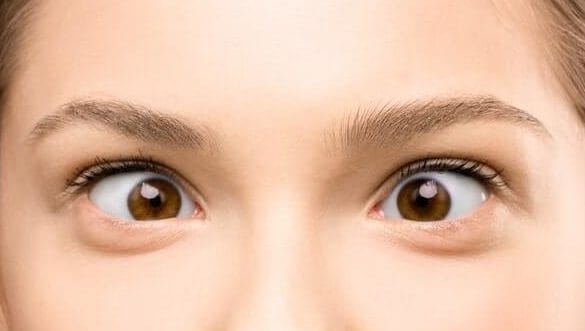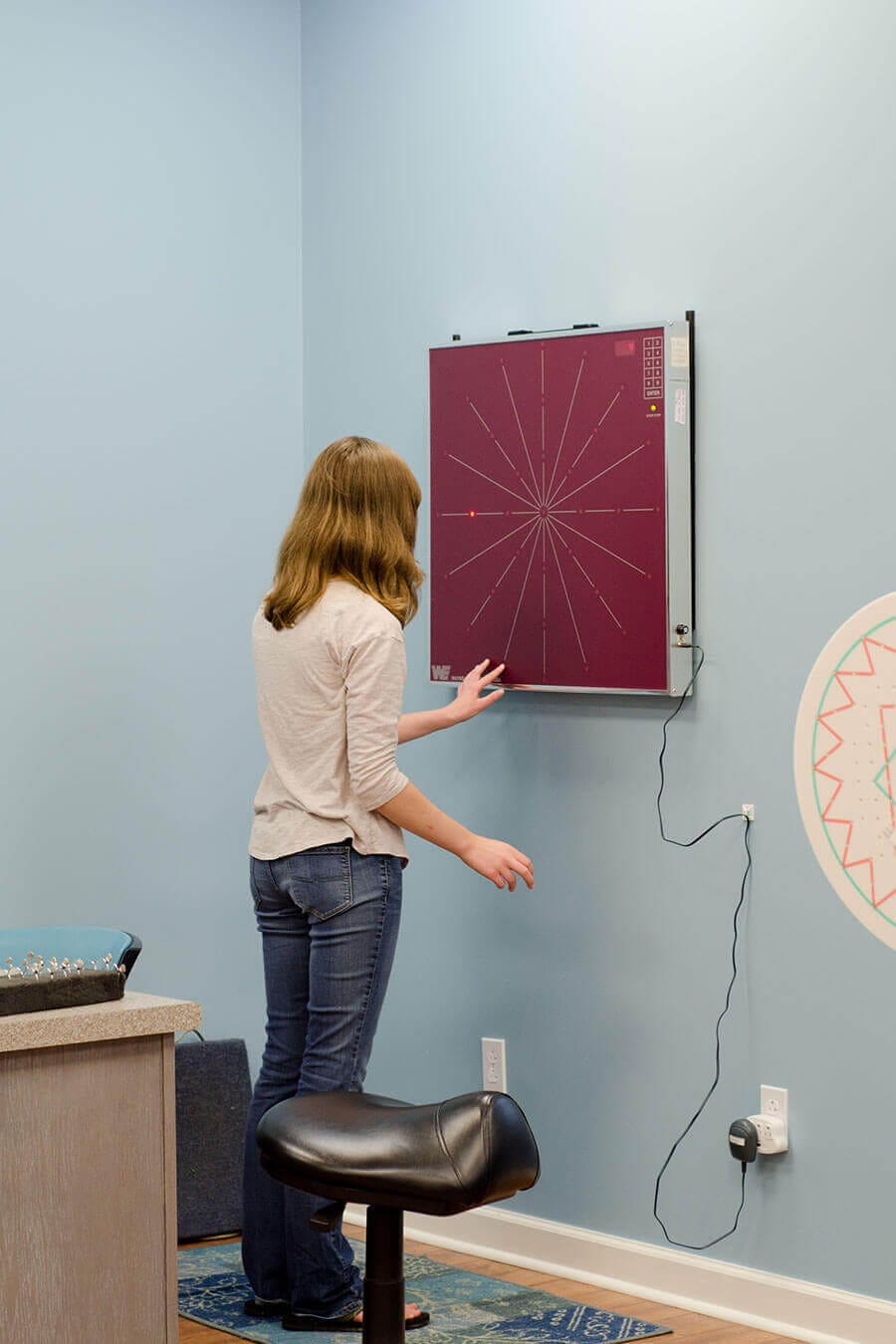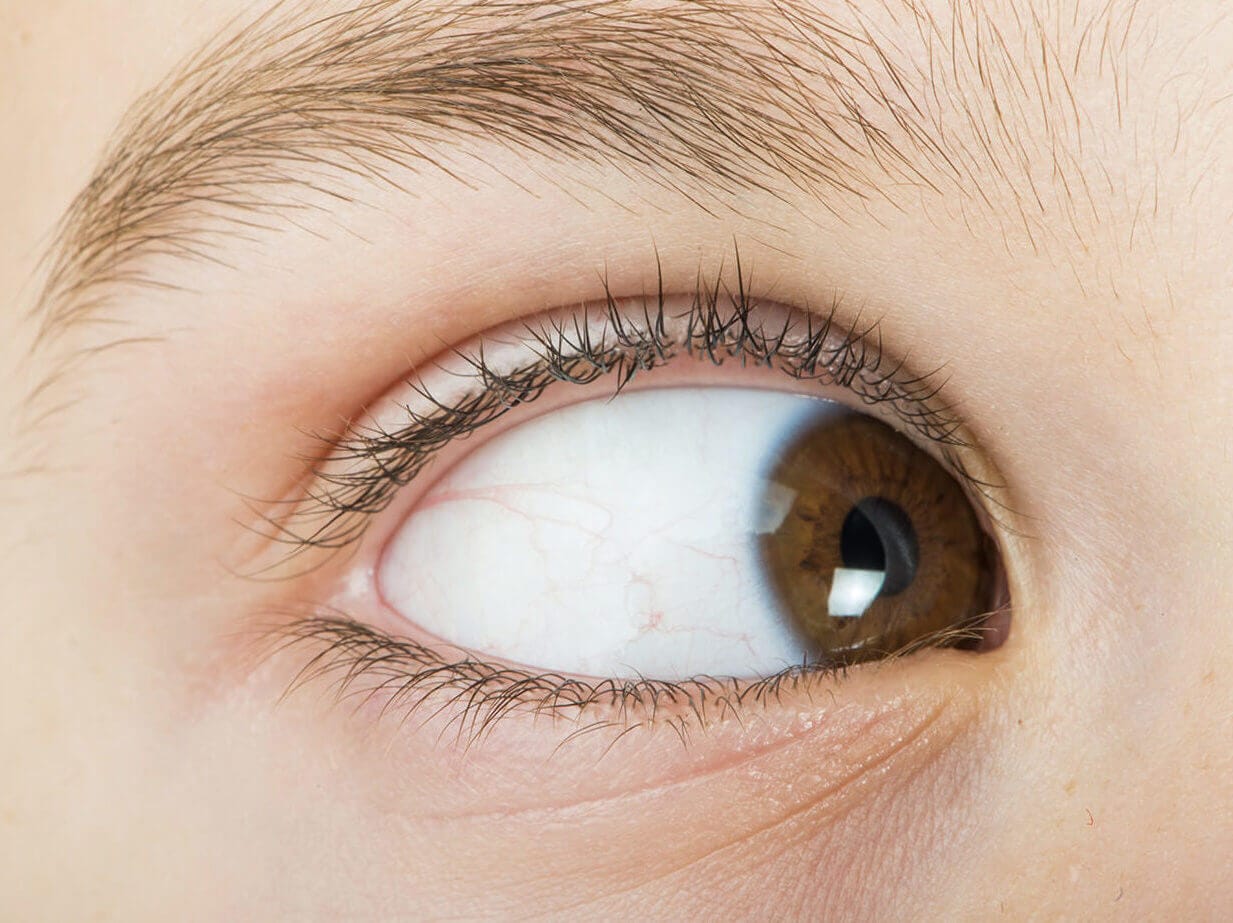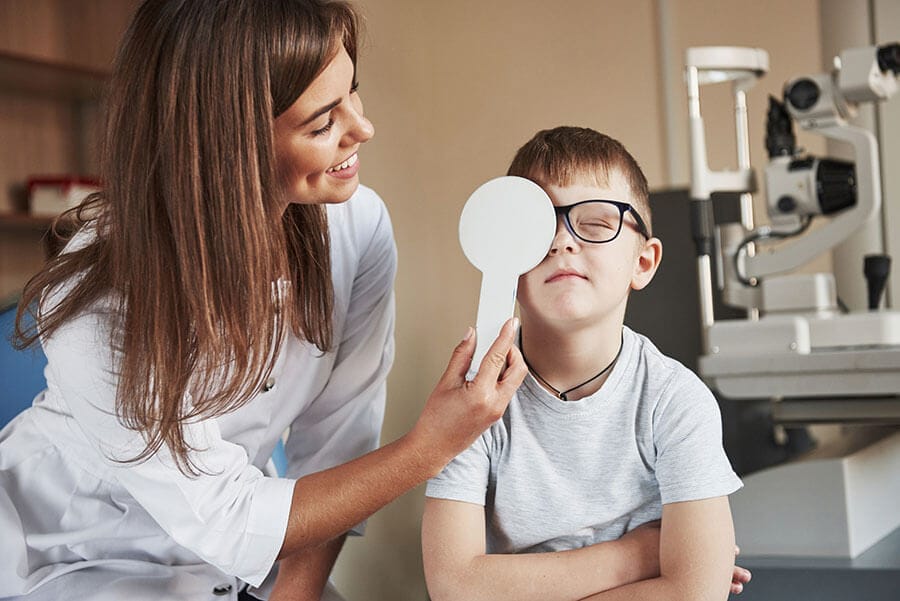Conditions Associated with Esophoria
Esophoria can sometimes occur in isolation, but it may also be associated with other medical conditions or eye disorders. Here are some conditions that can be linked with esophoria:
Refractive Errors
How They Relate: Refractive errors like nearsightedness (myopia), farsightedness (hyperopia), and astigmatism can make it more challenging for the eyes to focus. This added effort can exacerbate the inward drift seen in esophoria.
Management: Corrective lenses or contact lenses often help in managing both the refractive error and the esophoria. In some cases, prism lenses may be prescribed.
Binocular Vision Disorders
How They Relate: Convergence insufficiency, for example, is a disorder where the eyes struggle to turn inward when focusing on near objects. This can make symptoms of esophoria worse.
Management: Vision therapy exercises aimed at improving binocular vision can be particularly helpful.
Neurological Conditions
How They Relate: In cases involving patients with a medically confirmed diagnosis of concussion, the prevalence of esophoria is notably higher. Approximately 30% of concussed patients were found to exhibit esophoria at near vision, indicating that nearly one in three such individuals experiences this eye alignment issue. Conditions like multiple sclerosis or traumatic brain injuries can impact the nervous system's control over eye muscles, making it more difficult to maintain proper eye alignment.
Management: Treatment often involves a multidisciplinary approach, including neurologists, to address the root issue.
Diabetes
How They Relate: Over time, diabetes can cause damage to blood vessels and nerves in the eyes, affecting the muscles that control eye alignment.
Management: Keeping blood sugar levels under control is crucial. Regular eye exams are also recommended to catch and manage any issues early.
Hyperthyroidism
How They Relate: Overactive thyroid can lead to muscle imbalances in the eye, potentially causing or worsening esophoria.
Management: Treating the underlying thyroid condition often alleviates eye-related symptoms. Antithyroid medications or surgery may be necessary.
Aging
How They Relate: With age, the muscles controlling eye movements may weaken, leading to issues like esophoria becoming more noticeable.
Management: Regular eye exams become increasingly important as you age. Prescription lenses with prisms or vision therapy may be recommended.
Stress and Fatigue
How They Relate: Both stress and fatigue put additional strain on the eye muscles, making it harder to maintain proper alignment and thus exacerbating esophoria symptoms.
Management: Stress management techniques like mindfulness and adequate rest can sometimes reduce symptoms.
Dry Eye Syndrome
How They Relate: Dry eyes can cause discomfort and make it difficult to maintain focus, which might exacerbate esophoria symptoms.
Management: Artificial tears or other treatments for dry eyes can help relieve symptoms and potentially make it easier to maintain proper eye alignment.
Autoimmune Diseases
How They Relate: Conditions like lupus or rheumatoid arthritis can affect various tissues in the body, including those around the eyes, which might contribute to esophoria.
Management: Treating the underlying autoimmune disease often requires a multidisciplinary approach that may include eye care.
High Blood Pressure
How They Relate: Chronic high blood pressure can cause damage to blood vessels in the eyes, potentially affecting eye muscle control and alignment.
Management: Blood pressure management through medication and lifestyle changes can be essential in such cases.
Migraines
How They Relate: Migraines can affect vision and put additional strain on the eyes, possibly making esophoria symptoms worse during episodes.
Management: Migraine medication and stress management techniques might help in reducing the frequency and severity of episodes, thereby alleviating the impact on esophoria.





















